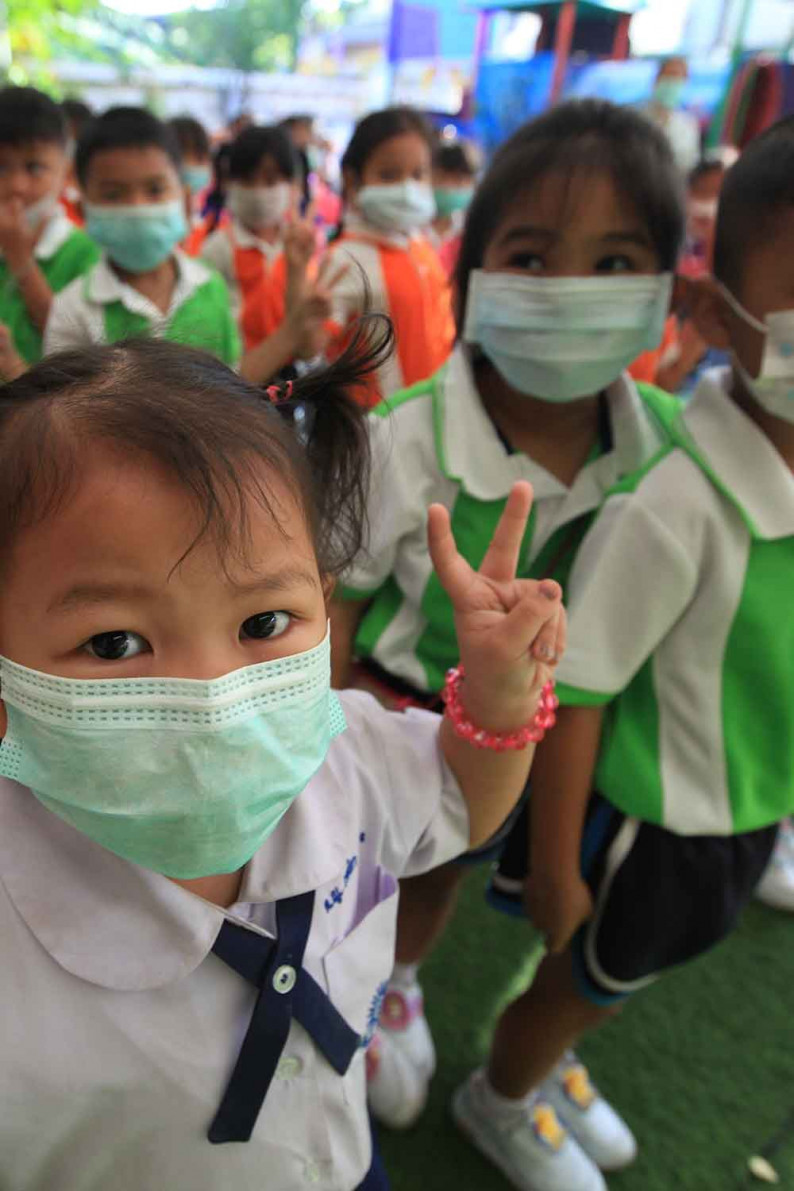As the five economies in mainland Southeast Asia re-emerge from the Covid-19 pandemic, their prospects for recovery and return to growth and development appear challenged, characterised by deteriorating balance of payments, fiscal weaknesses, currency depreciations, and rising inflation amidst global monetary tightening and recession risks.
For Cambodia, Laos, Myanmar, Thailand, and Vietnam, Covid-19 has undermined trade and investment, put manufacturing on hold, disrupted supply chains, halted tourist revenue, and dimmed growth prospects. As these economies face headwinds over the next three years, their recovery trajectories are likely to be divergent and dependent on external conditions and internal reforms to regain a sound footing.
To varying degrees during the pandemic, these five economies had to come up with fiscal stimulus packages with subsidies and handouts to shore up livelihoods and get by, resulting in lower revenue collection, budget deficits and slower growth or outright economic contraction.
As Covid-19 bottomed out in 2021, Russia's war in Ukraine weakened what was left of the Mekong region's economic strength due to rising global energy and food prices and inflationary pressures. As these economies have been struggling to return to pre-pandemic GDP bases as of 2019, China's prolonged Covid-19 restrictions have impeded a regional recovery.
Thus the CLMTV countries have been hit with multiple whammies, facing headwinds from all directions. According to World Bank data, Vietnam is in the least-worst position to weather the post-pandemic storm. As the only Southeast Asian country to register positive growth through the Covid years, Vietnam is poised to expand by 7.5% in 2022, well above its regional peers. Even so, Vietnam faces the risk of slower growth owing to a potential recession and stagflation in export markets, apart from continuing commodity price volatility and supply chain disruptions, not to mention domestic labour shortages, higher inflation and financial sector weakness.
Thailand, on the other hand, is behind the global monetary tightening curve because the Bank of Thailand (BoT) takes the view that inflationary pressure is imported and cost-push owing to high energy and food prices. The BoT's focus is thus on growth and recovery rather than price stability and equity. This posture to keep interest rates low has resulted in a sharp depreciation of the baht, nearly 10% in the third quarter of this year, with a 12% year-on-year drop in foreign exchange reserves to just over US$200 billion in September.
Other Thai macroeconomic vulnerabilities include public debt that exceeded the disciplinary ceiling of 60% of GDP to 62.5% in fiscal 2023, with household debt exceeding 90% of GDP. Essentially, the Thai economy has engaged in substantial deficit spending. Both public and household debt do not augur well for consumption and public investment in the medium term. Nevertheless, the World Bank sees the Thai economy making a steady post-pandemic recovery with a growth trajectory going forward of around 3%, thanks to the tourism recovery. The Thai economy faces entrenched structural barriers with the imperative of moving up value chains and shedding its reliance on growth fuelled by cheap labour. If the political leadership changes after the election with actionable growth strategies and clearer policy directions around the Eastern Economic Corridor, S-Curve industries and Thailand 4.0 potential, the Thai economy could perk up more dynamically. If the current leadership continues, Thailand will see growing signs of economic stagnation.
Cambodia's economy confronts similar macroeconomic challenges and external shocks. Energy and food prices associated with the Russia-Ukraine war have pushed up inflation, and its growth in 2022 is forecast at 4.5% with a medium-term trajectory of 6%. However, Cambodia is also heavily reliant on China for trade and investment, and Cambodia's big spending plans to build infrastructure could incur unsustainable debt burdens similar to Laos, Sri Lanka and other recipients of Chinese loans. On the whole, the Cambodian economy is well placed to recover robustly compared to regional peers.
The two most devastated post-Covid economies are Laos and Myanmar. As a small landlocked country of 7 million, Laos is mired in an enveloping economic crisis, with runaway debt, rampant double-digit inflation, currency depreciation verging on sovereign bankruptcy due largely to mismanagement, corruption and inequality, while it risks becoming a "China vassal state". Stuck in a vicious cycle, Laos needs foreign exchange but many exporters have been parking most of their earnings abroad to avoid currency risks, thereby further sinking the kip, Laos' currency unit.
Tourism receipts have picked up as Laos has reopened but not enough to shore up the macroeconomy. Public and publicly guaranteed debt rose to 88% of GDP in 2021 as Laos struggled to make repayments. In 2022-2023, the risks will likely grow that Laos' bankruptcy will materialise.
Myanmar's economy is due to grow 3% after shrinking 18% in 2021. Runaway inflation and a currency freefall have hit people hard. There seems no end to Myanmar's vicious spiral, as foreign firms have pulled out and the civil war rages. The international community must intensify its assistance and focus on Laos and Myanmar while maintaining vigilance on political repression elsewhere.

